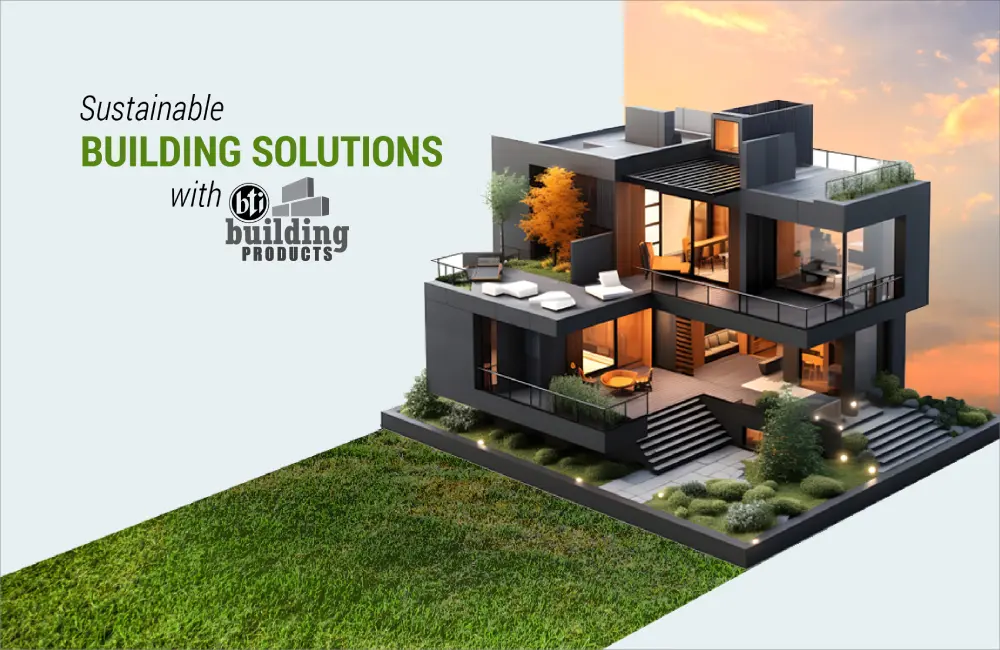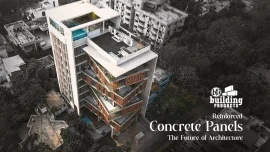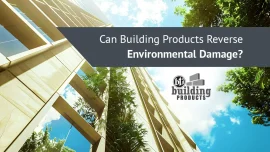
Green Construction with bti: Advancing Sustainable Building Solutions
Green construction is perhaps a term that is very new to those who are familiar with construction or architecture. Green construction basically means sustainable building–it is the idea of involving processes and creating structures using environmentally responsible and resource-efficient techniques to extend the life-cycle of the materials and the buildings.
The main aims of sustainable construction or green building is to preserve the integrity of the raw materials, energy and water, fight against global warming by reducing carbon and greenhouse gas emissions, minimise/ eliminate waste and reduce pollution, and extend the life of the structures created. Sustainable building also aims to bring comfort and health to occupants by using high-quality, sanitary and environmentally friendly materials, both for the insulation as well as for the outer construction.
Some principles associated with green/ sustainable construction are:
- Use renewable/ recyclable resources
- Reduce resource consumption (be energy and water efficient)
- Maximise reuse of resources
- Protect the natural environment
- Create an environment that is healthy and environmentally sound
- Protect the nature surrounding us
The basic ideology of sustainable architecture is rooted in different practices which target reducing the negative impacts a building or structure might have on the environment, and are intended to look after or improve the health of the users and neighbouring communities. These ideologies are implemented through numerous techniques, management methods, materials and the internal organisation of spaces and functions. This is done to control the level of energy consumption and the living environment of the occupants. Technology used extensively in sustainable or green construction include:
- Materials produced in an environmentally-friendly manner that last for years due to their weather and climate-change resistant nature, such as the hollow blocks and hollow bricks from bti building products
- Smart appliances and homes, reducing the need for a constant flow of electricity
- Green insulation and lighting (using natural sunlight and natural materials to insulate homes and commercial spaces)
- Energy and water-efficient homes and commercial spaces
bti building products manufactures concrete hollow blocks and solid bricks, both of which are produced in an environmentally-friendly manner. Compared to traditional bricks that need to be baked in kilns before use, hollow blocks and solid bricks are made of concrete, so they are both available throughout the year, and do not produce heavy smoke during their production as they do not need to be burned before being used. Hollow blocks are often used to reduce insulation required, as they keep the structures cool during summer, and warm during winter. As our solid bricks, Unipavers and pavement tiles are all customisable in terms of size, using these will be efficient as it reduces waste of products (interlocking tiles/ bricks will be easier).
The greater purpose of sustainable construction is to reach high performance levels in terms of the environmental, economic and social impacts of the concerned structures. Since bti building products are manufactured in highly ethically and environmentally sound manufacturing units, the processes used are extremely efficient and make optimal use of resources. One of the first benefits of sustainable or green construction is that it helps reduce environmental pollution and greenhouse gas emissions. It also helps make our surroundings cleaner, which will undoubtedly have an overall impact on global warming and climate change. According to a World Green Building Council report, savings in a sustainable building can be very significant: from 25 to 35% energy savings, and up to 39% water savings compared to a conventional building. Besides, green building boosts the real estate market and allows to reduce operating costs.
Green buildings help improve the quality of life, by enhancing occupants’ health, well-being and comfort (thermal and acoustic insulation, better energy and lighting management). Moreover, it minimises strain on local infrastructure. bti building products are used in creating such green buildings, with designs that have an active role in improving the environment, leaving a positive impact on climate change that could only stand to better the living standards of future generations.




